Cox Valley View Farms, Long Island, KS – Drip Farm Irrigation Systems on Corn and Soybeans
Even before the perfect storm of diminished water supplies, rising corn prices and government cost-share funding hit the plains, Steven Cox knew his irrigated farms would have to change. That’s why he installed his first subsurface drip irrigation system over nine years ago on his 4,000 acre operation, and has installed an additional 120 acres of drip irrigation since.
The conversion has allowed him to stretch limited water supplies while increasing yields and gain quality at the same time. “Before drip, we were trying to flood irrigate 60 acres with a 250 GPM well. We were lucky to get top yields on 25 percent of the field. I now get top yields on 100 percent of the field because of the increased uniformity and efficiency I get with drip.”

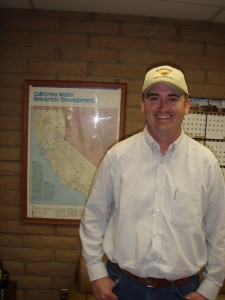 Chuck Herrin manages Worth Farms in California’s Westlands Water District. Founded by his grandfather, a custom harvester turned farmer, Worth Farms today grows 4,500 acres of drip irrigated crops including 3,500 acres of processing tomatoes.
Chuck Herrin manages Worth Farms in California’s Westlands Water District. Founded by his grandfather, a custom harvester turned farmer, Worth Farms today grows 4,500 acres of drip irrigated crops including 3,500 acres of processing tomatoes.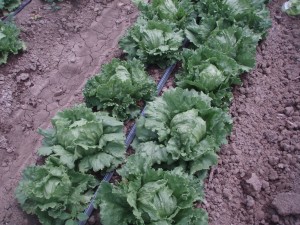
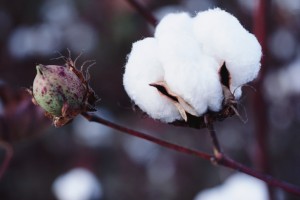 Five-bale cotton yields would impress anybody. So when West Texas Cotton Farmer, William Carlton, averaged 2,575 pounds-per acre (five bales) on his 40-acre field with
Five-bale cotton yields would impress anybody. So when West Texas Cotton Farmer, William Carlton, averaged 2,575 pounds-per acre (five bales) on his 40-acre field with 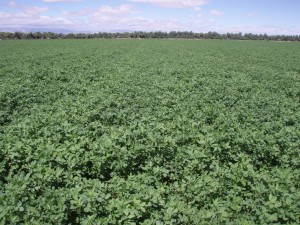 When Bob Thomas and his son Rob began farming in the Imperial Valley six years ago, they quickly recognized that there must be a better way to irrigate their alfalfa. They soon discovered that cutting-edge growers were successfully using drip irrigation instead of sprinklers or gravity irrigation. After diligent research, they installed their first 116 acres with Toro’s Aqua-Traxx® drip tape in September of 2009, and have experienced significant benefits since then.
When Bob Thomas and his son Rob began farming in the Imperial Valley six years ago, they quickly recognized that there must be a better way to irrigate their alfalfa. They soon discovered that cutting-edge growers were successfully using drip irrigation instead of sprinklers or gravity irrigation. After diligent research, they installed their first 116 acres with Toro’s Aqua-Traxx® drip tape in September of 2009, and have experienced significant benefits since then.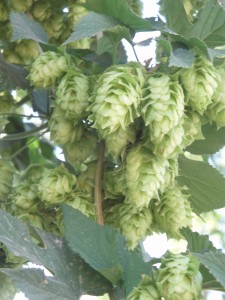 The benefits of drip irrigation are easy to see at Weilmunster Farms in Parma, Idaho. After adopting drip technology, the farm increased its hops yields by 400 pounds per acre, which translated into increased revenues of $800 to $1,600 per acre.
The benefits of drip irrigation are easy to see at Weilmunster Farms in Parma, Idaho. After adopting drip technology, the farm increased its hops yields by 400 pounds per acre, which translated into increased revenues of $800 to $1,600 per acre.